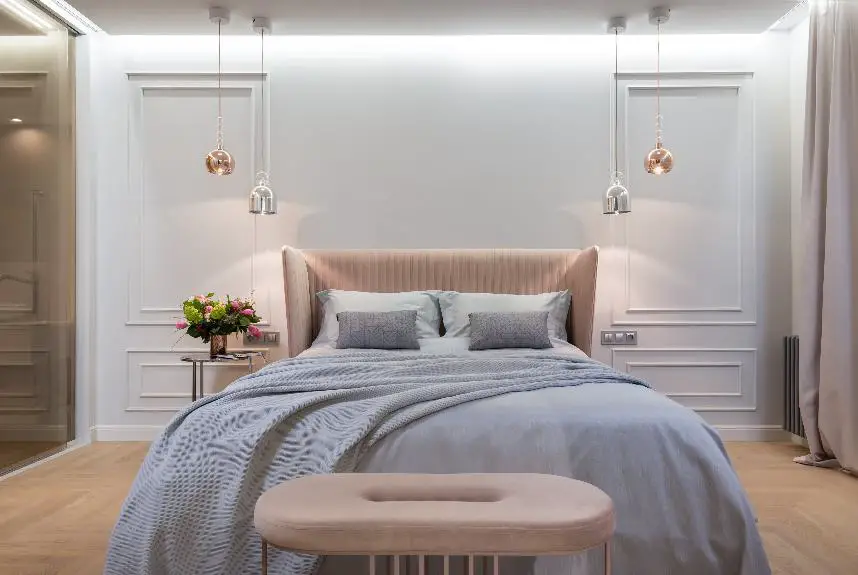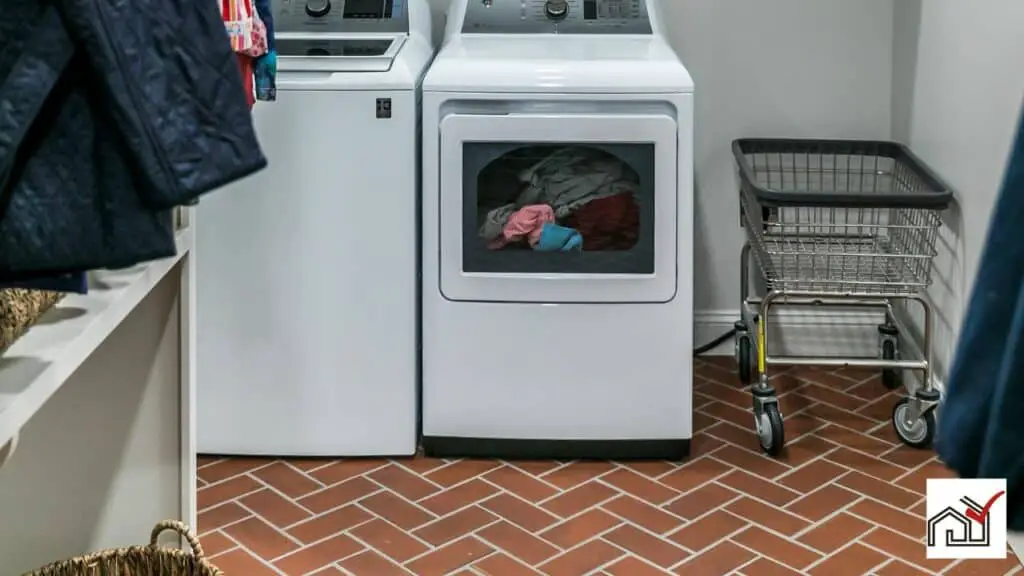Your bedroom may get hot at night for several reasons. If your air conditioning or HVAC system isn't working correctly, it won't cool the room properly. Poor ventilation can trap warm air inside, and materials used in your bedding or the room's construction might hold onto heat. Sunlight heating the room during the day can keep it warm at night. Electronics and appliances can also raise the temperature if they're left on.
Additionally, the insulation and structure of your bedroom can affect how heat is absorbed and released. It's important to address these factors to maintain a comfortable sleeping environment.
Inadequate Air Conditioning
If your bedroom gets too hot at night, the air conditioning may not be working efficiently. The air conditioning is part of the HVAC system, which controls your home's temperature. Problems arise when the system can't remove warm air and replace it with cool air.
A drop in efficiency can be caused by dirty filters that block airflow, reducing the system's ability to move air around. At night, when it's cooler outside, these issues become more apparent. Dust in the system can also prevent it from working well and keeping the air cool.
Leaks in the ductwork might also be letting cool air out before it reaches your room. This makes the HVAC system work harder to keep the temperature down, which can cause it to overheat and worsen the cooling problem.
Regular maintenance, such as cleaning or replacing filters, clearing out dust, and sealing any ductwork leaks, can improve your HVAC system's performance. This ensures that your bedroom stays cool throughout the night.
Poor Ventilation and Airflow
Inadequate ventilation in a bedroom can lead to heat buildup, making it difficult for air conditioners to maintain cool temperatures. Heavy curtains may prevent air from circulating, causing the room to retain heat and become uncomfortable for sleeping.
Light-colored blinds or shades can improve ventilation while still offering privacy and light control. They allow some air to pass through, which can help keep the room from getting too hot.
Using fans is an effective way to enhance airflow. Ceiling fans create a breeze that helps distribute cool air more evenly, while upright fans can direct cool air towards the bed, improving comfort during sleep.
The right window treatments combined with fan use can improve air circulation and lower bedroom temperatures, creating a more comfortable sleep environment despite poor ventilation.
High Heat Retention Materials
High heat retention materials like brick and concrete can cause bedrooms to become overly warm at night. They absorb heat during the day and release it slowly after sunset, especially in rooms on upper floors or near attics where insulation is high.
A wall exposed to direct sunlight can heat up significantly, radiating warmth into the room. To reduce this effect, installing blackout or heavy curtains can reflect heat away. This is effective in preventing the accumulation of heat inside a room.
The color and material of bedroom walls and roofs also affect heat retention. Dark colors absorb more heat, so using lighter colors for paint can help reflect heat and keep rooms cooler.
Although reducing insulation is not advisable due to its energy-saving benefits, other measures can help. These include ventilating the bedroom during the day to let out the heat and employing cooling strategies before sleep to offset the heat retained by construction materials.
Excess Sunlight Exposure
Excessive sunlight exposure can cause higher nighttime temperatures in bedrooms due to the heat-retaining properties of building materials. The sunlight entering through windows can create a greenhouse effect, trapping heat inside and making rooms, especially those facing the sun, very warm. Inefficient windows without reflective coatings or proper insulation worsen the problem by allowing more sunlight in, leading to higher air conditioning costs as systems work harder to cool the rooms.
To reduce sunlight exposure, homeowners can install blinds, draperies, or heavy curtains to block the sun during peak hours, which helps control indoor temperatures and prevents bedrooms from overheating at night.
Heat also rises to upper floors, increasing temperatures in upper-story bedrooms at night. Managing sunlight exposure is essential for comfort and energy efficiency. Using sun-blocking window treatments can significantly improve living conditions and reduce energy expenses.
Electronic Devices and Appliances
Electronic devices and appliances can raise bedroom temperatures at night. Common items like TVs, computers, and gaming consoles emit heat. This heat, combined with human body heat, can make the room too warm for comfortable sleep.
Turning off electronics and lights when not in use can help, as does unplugging them to prevent residual heat. Using electronics less in the bedroom before sleeping can aid in cooling the room for better sleep.
Insulation and Structural Factors
Insulation is key to maintaining a comfortable temperature in a bedroom. It can keep heat inside when it's cold and prevent heat from entering when it's hot. To ensure effective insulation, it's important to examine the room's walls, windows, and attic, particularly for top-floor bedrooms.
Too much insulation, often seen in apartments or houses with small windows, can lead to excess warmth by trapping heat inside. This is most noticeable at night when it's cooler outside, but the bedroom stays warm. On the other hand, inadequate insulation can result in losing cool air, reducing the efficiency of air conditioners or fans.
For better temperature control, homeowners can use breathable sheets or a cooling mattress topper. In severe cases, relocating the bedroom or renovating to enhance insulation may be necessary.
Additionally, it's important to ensure that ductwork is intact and well-insulated, as leaks can cause loss of cool air. Professional assessment and repair of ducts might be required to address this issue.





